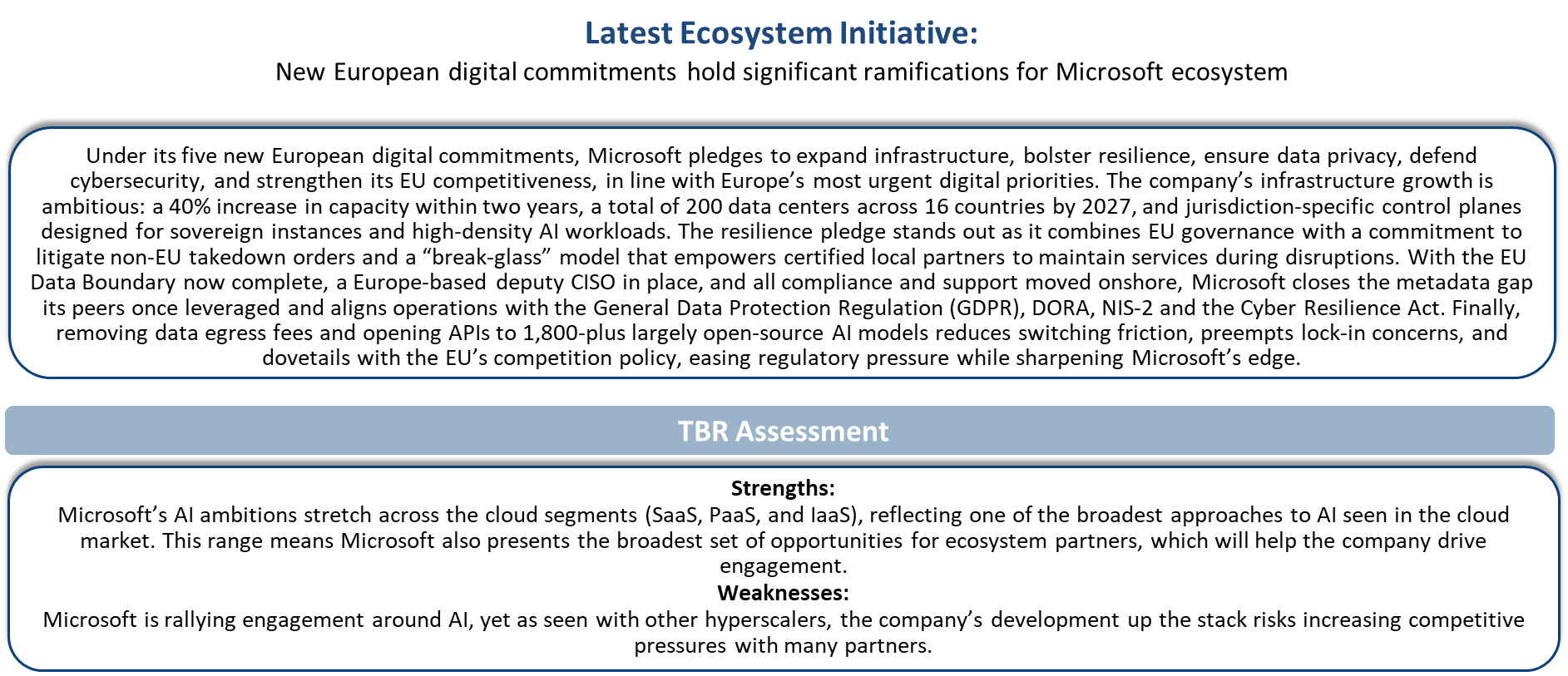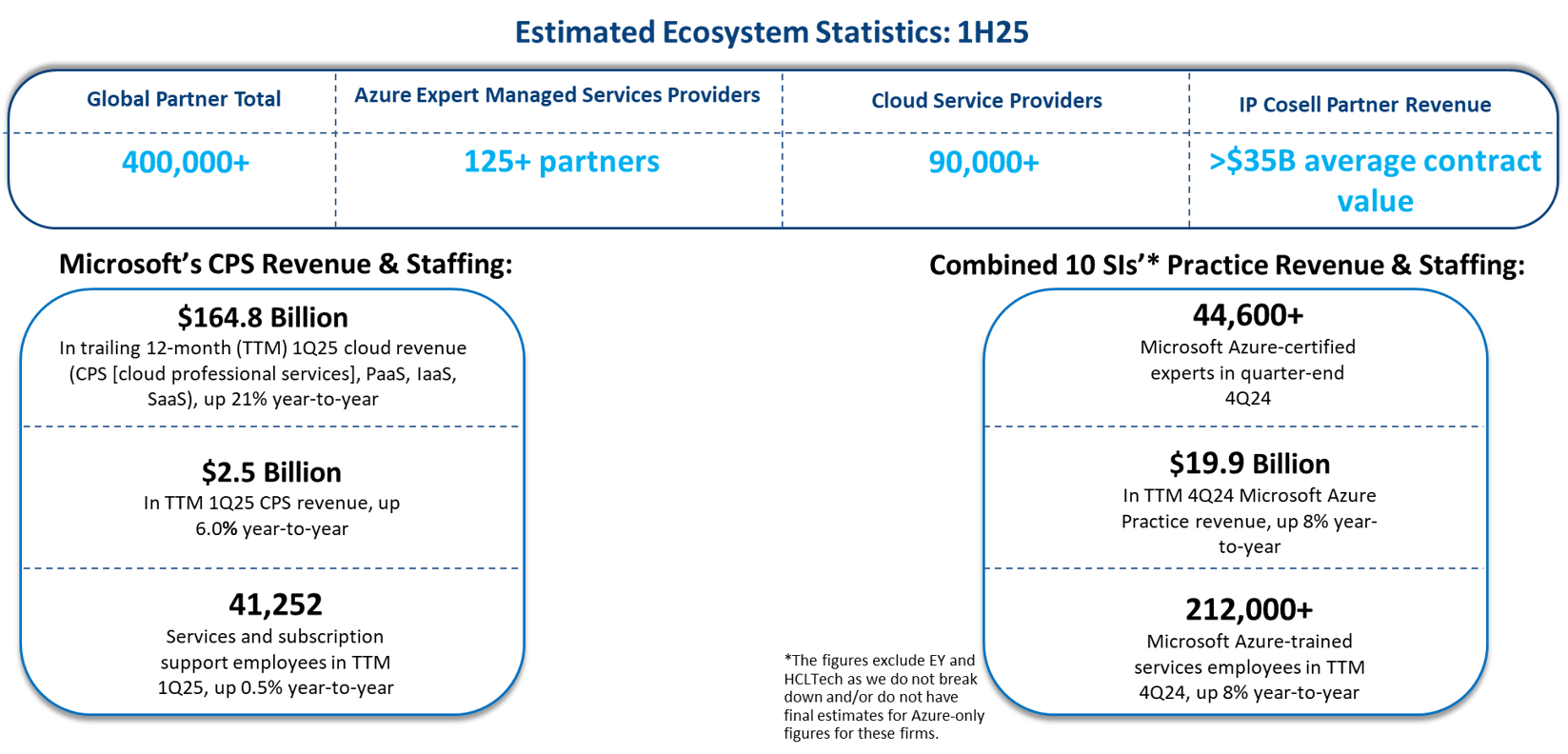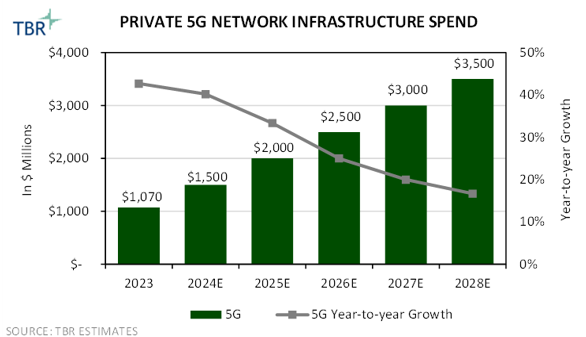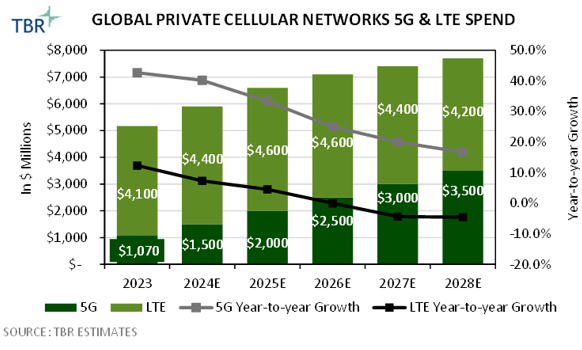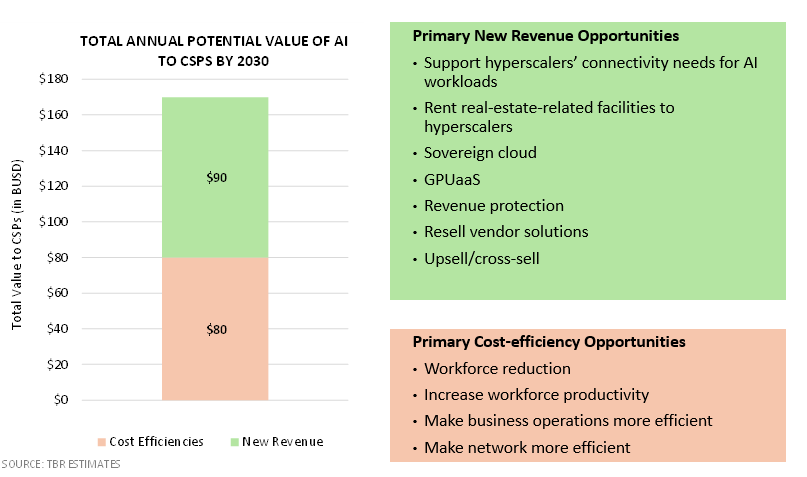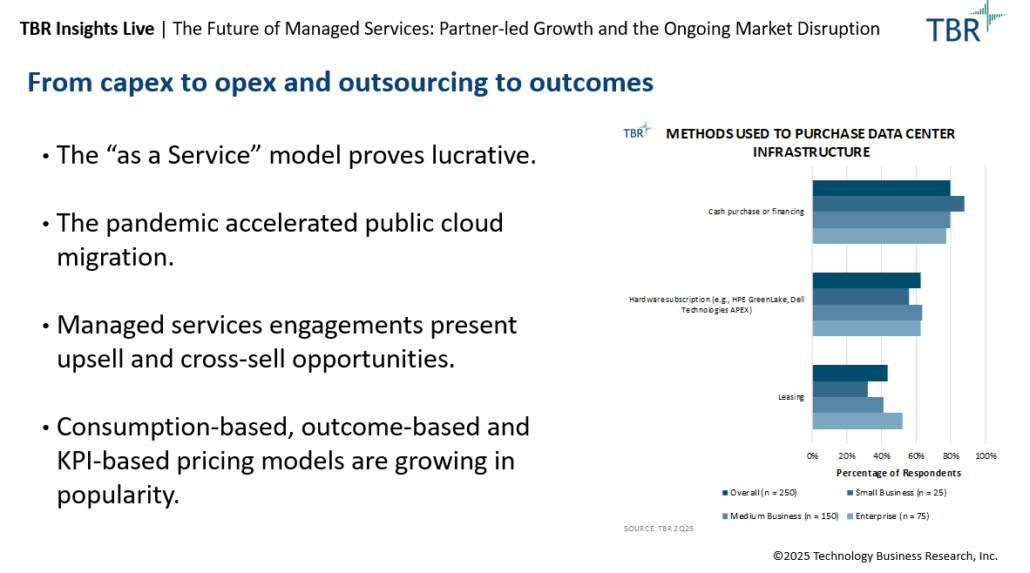Konecta Hybrid Customer Experience Combines Human Expertise with Advanced AI and Digital Capabilities
Konecta Analyst Day, Madrid, May 28, 2025 — Konecta invited industry analysts to the 20th annual ExpoContact, a company-organized event that welcomed more than 1,000 industry leaders, including clients, technology partners and organizations that are looking to improve competitiveness by modernizing customer management. In the morning, Konecta held a special in-person and virtual event for industry analysts in which Konecta executives, clients and technology partners discussed in detail the company’s vision, digital portfolio, and generative AI (GenAI) and agentic AI approach. TBR attended Konecta’s first analyst day event and was impressed by not only the openness of the company and its willingness to communicate with the analyst community but also the closeness of its relationships with partners and clients.
Konecta’s vision and ambition are to become the trusted technology, data and operations partner for clients’ agentic AI transformations
During the event, Konecta CEO Nourdine Bihmane shared details about Katalyst 2028, the company’s three-year plan to become a technology, data and operations partner. Essentially, the company’s goal is to provide AI-driven hybrid customer experience solutions (CX) that combine human expertise with advanced AI and digital capabilities. The plan includes four steps: 1) accelerating the adoption of data, GenAI and agentic AI; 2) increasing digital growth; 3) strengthening the partnership ecosystem; and 4) expanding global reach. The company raised €150 million (or $176 million) to fund the transformation plan. Konecta’s goal is to increase revenue to €2.5 billion (or $2.9 billion) by 2028 and generate between 30% and 40% of total revenue from AI and digital services.
To achieve these targets, the company is training more than 7,100 people on role-specific GenAI technologies and offering proprietary GenAI solutions. Konecta is also launching a new global Digital Business unit with digital offerings and 2,500 employees, including more than 300 trained sales leads. Konecta’s digital services revenue was €150 million (or $176 million) in 2024, and the company plans to increase revenue in the segment to €250 million (or $293 million) in 2027, representing a CAGR of 20%.
Expanding its partnership ecosystem will serve as a lever for future growth, such as by establishing strategic partnerships around GenAI with Google Cloud and Uniphore, and with STC Group in the Gulf Region around GenAI-powered CX solutions. Konecta’s partner ecosystem combines technology leaders, such as hyperscalers, cybersecurity providers, GenAI and large language model (LLM) vendors, hyperautomation and service platform solutions providers, and consulting companies to enable coinnovation and codevelopment with clients.
Notably, Konecta’s open ecosystem has been designed on joint IP, shared outcomes and scalable transformation models. Partnerships among IT services providers and technology vendors are a leading lever for portfolio expansion, and Konecta is moving in a similar direction alongside multiple IT services providers. According to TBR’s 1Q25 IT Services Vendor Benchmark, “The roles of alliance partners are changing in the rapidly evolving professional services market. During the past several years, multiple professional services companies took a technology-agnostic approach to offer flexibility to buyers that were wary of vendor lock-in.
As macroeconomic pressures force buyers to examine their existing technology stacks to ensure they maximize ROI, these buyers are consolidating vendors, compelling professional services companies to develop a preferred, if not exclusive, list of alliance partners. … Vendors are leveraging partners to launch agentic AI offerings to automate tasks and drive operational efficiency, and GenAI offerings to boost productivity and create cost efficiency, encouraging adoption by solving clients’ particular business challenges. NVIDIA-enabled agentic AI solutions dominated alliance announcements during the quarter, including new joint offerings with Accenture, Capgemini, Cognizant, IBM and Wipro.”
Konecta plans to expand by establishing a sales organization that is structured for global reach and local engagement. Notably, the company is opening new delivery centers in Bengaluru, India, and Cairo and is establishing five new AI Global Competence Centers, located in India, Egypt, Spain, Colombia and the U.S., to diversify service delivery capabilities and expand client reach. Such activities will help Konecta improve its global revenue distribution, as presently the company’s revenue is generated mainly from Europe and Latin America, while English-speaking markets and the U.S. contribute approximately 4% of total annual revenue, though the company plans to increase this figure in the coming years. In January Konecta established Egypt as its regional headquarters to serve clients in the Middle East, Africa, Europe and the Americas and announced the opening of a global delivery center and global Center of Excellence (CoE) for GenAI in Cairo.
The company is investing $100 million over the next three years and is planning to hire approximately 3,000 people with digital and technical skills to provide AI solutions, digital transformation, cybersecurity, big data and analytics, IoT, technical support, and multilingual customer services in English, French, German, Italian and Spanish. Konecta is also partnering with the Information Technology Industry Development Agency in Egypt to provide training and upskilling programs for local people, creating future employment opportunities for skilled talent. Konecta’s partnership with Uniphore, announced in November 2024, to deliver industry-specialized AI solutions that enhance CX with hyperpersonalized interactions will augment Konecta’s client reach in the U.S. and U.K. and contribute to revenue expansion in English-speaking markets.
Konecta provides experience services and digital solutions around service design, technology implementation and process optimization
Headquartered in Madrid, Konecta is provider of transformative experiences and an expert in CX solutions enabled by AI. Konecta has approximately €2 billion (or $2.3 billion) in annual revenue, 120,000 employees across 26 countries and 5,000 digital experts, and supports more than 30 languages. The company offers customer and employee experience services, digital marketing offerings, and products and solutions, such as around CX automation and analytics, all underpinned by AI and GenAI services and advisory and consulting services. Konecta expanded in size and client reach during 2022 through the merger with Comdata, an Italy-based BPO services provider. Comdata had 50,000 employees and annual revenue of approximately €980 million (or $1.15 billion) generated from services such as customer care, back-office and credit management. Since mid-2023 the merged companies have operated under the Konecta brand and currently serv more than 500 blue chip clients. The clients are spread across Europe, Latin America, North Africa, the Middle East and Asia and have an average client tenure of more than 20 years, underscoring Konecta’s emphasis on long-term relationships.
Utilizing a renewed management team will be a critical lever for successful execution of the Katalyst 2028 plan. Notably, over the past several months, Konecta has attracted experienced executives with strong technology and industry expertise from its France-based peer Atos, which has been challenged by attrition due to a turbulent and prolonged transformation initiative. Bihmane, who took the position of Konecta’s CEO in April 2024, previously worked at Atos for more than 23 years, including as global CEO and head of Atos’ Tech Foundations business line. In March Adil Tahiri was appointed head of Advisory and Professional Services. Previously, Tahiri’s 21-year tenure at Atos included roles as advisor to Atos’ CEO and head of CTO. Oscar Verge, also a long-term Atos leader with 20 years of experience at the company, joined Konecta in October 2024 as chief Ai deployment officer.
Konecta is shifting from providing simple automation to orchestration, and AI is a core enabler
While according to Tahiri, “Agentic AI is in the nascent phase,” Konecta’s ambition is to actively transform the industry and create differentiation through digital services. Konecta attracts clients by offering intelligent business orchestration, applying new levels of creativity, such as through real-time and context-aware hyperpersonalized experiences across channels, and orchestrating human and specialized agent interactions. The company provides clients with robust execution through composable agentic platforms and strategic technology and business advisory capabilities to guide clients through their transformations and speed up time to value.
As clients typically have a multitude of business applications, and each has its own data repository, the proliferation of agents creates complexities. Konecta is moving from simple automation to orchestration, and agentic AI adapts to dynamic application landscapes and automatically understands, reasons and sets code to extract data and support decision making. Investing in orchestration capabilities, and development of IP, such as solution accelerators and methodologies and specialized talent enables Konecta to address clients’ needs around managing their agentic AI environments.
Shifting from utilizing industry LLMs to employing customer-specific LLMs enables Konecta to generate business value from customer-specific data. Delivering high-performing and personalized agentic AI based on real-time, proprietary customer data and workflows enables Konecta to benefit from contextual data intelligence and establish trust with clients. The complexity of digital transformation is pushing Konecta to establish a strategic partner ecosystem, including foundational AI providers and niche domain experts, that is complementary to the company’s expertise.
Egypt is an attractive location for IT services providers
Konecta’s expansion in Egypt is driven by the availability of talent with language skills and technical capabilities and will support the company’s global revenue diversification. However, IT services providers such as Accenture, Capgemini, Atos, IBM and Deloitte are utilizing Egypt for global service delivery, are planning to expand their resources in the country, and are actively working with government bodies and local educational organizations to develop in-demand skills to support future recruitment. Intensified recruitment interest from IT services providers might challenge Konecta’s expansion activities in the country. For example, in April Capgemini announced it will open an AI CoE in Cairo to enable GenAI and agentic AI adoption for clients globally. The center will consist of data scientists, architects, product engineers and project managers. Capgemini plans to double its headcount in Egypt to approximately 1,200 professionals in digital transformation and innovation by the end of 2025 and to expand to 3,000 people through 2026.
Offering GenAI and agentic AI solutions in an open platform increases Konecta’s value proposition
Konecta provides clients with an industrialized, modular and complete GenAI stack that comprises three solutions — Insights for strategic CX intelligence; Co-pilot for real-time agent augmentation; and Auto-pilot for seamless, AI-driven engagement. The Insights solution converts customer interactions into actionable intelligence, automatically mines 100% of voice and chat logs, correlates to KPIs and identifies agent-level coaching insights to forecast outcomes. Co-pilot provides agents with contextual AI to uplift conversations; summarizes prior interaction and customer context; and provides intent recognition, nudges and compliance suggestions during calls. Auto-pilot enables conversational automation of activities and provides escalation to human agents for exceptions. Offering GenAI And agentic AI capabilities in the Konecta platform, which is based on open and modular technology stacks, and offering the solutions as an extension not a replacement of human-delivered services improves the company’s value proposition around deriving productivity gains and expands its client reach.
Investing in GenAI-enabled solutions creates growth opportunities for Konecta, given ongoing buyer interest in adopting GenAI solutions. According to TBR’s November 2024 Digital Transformation: Voice of the Customer Research, “GenAI continues to influence digital transformation (DT) budgets as buyers grapple with juggling hype, ROI and FOMO (fear of missing out). With over three-quarters of respondents combined allocating 26% or more of their DT budgets to GenAI two years after the technology came on the market, it is evident that buyers are eager to explore the possibilities the technology can bring. We do not expect this trend will slow down anytime soon given that the majority of respondents plan to increase their GenAI spend by 10% or more in the next year.”
As macroeconomic pressures force buyers to examine their existing technology stacks to ensure they get the most ROI, Konecta’s GenAI stack demonstrates material outcomes for clients. For example, the Insights solution increases revenue conversion by up to 20% and decreases the ramp-up time for new agents by 20%. The Co-pilot solution enables 98% accuracy in all European languages and a decrease of 30% to 50% in average handling time in managing email and written communication. The Auto-pilot solution automates around 50% of inbound contacts on voice and written channels and reduces cost of interaction by 30%. Demonstrating ROI is critical for solution adoption.
According to TBR’s 1Q25 Digital Transformation: Analytics Professional Services Benchmark, “Enterprises are juggling fear, hype and hope surrounding the potential impact of generative AI (GenAI) on their operating models. This has heightened their expectations for vendors to deliver timely ROI tied to ongoing business process and/or IT modernization transformation, as the implications of technology complexities extend beyond data science, thus creating opportunities for vendors that can manage broad organizational relationships.”
In conclusion
According to TBR’s 2Q25 Accenture Earnings Response, “Transforming the CX domain will remain low-hanging fruit for the next two to three years, offering companies a clear path to apply agentic AI systems for productivity gains. This presents Accenture with a blank canvas to showcase its capabilities at scale and strengthen its position among chief marketing officer buyers. As CX evolves into experience operating systems, powered by continuous feedback and contextual inference, Accenture will need to consider applying multidomain context integration in an era when hyperpersonalization has become table stakes, at least from a communications standpoint.”
Konecta is moving in the right direction, and strict execution of its strategic initiatives and investments in platform-based services will enable the company to reach its revenue growth target of €2.5 billion (or $2.9 billion) by 2028. While Konecta’s competitors are making similar investments, the company will succeed due to its emphasis on helping clients reimagine operations, experience and outcomes with AI, platforms and human creativity, and established local client reach and best-shored service delivery model.

